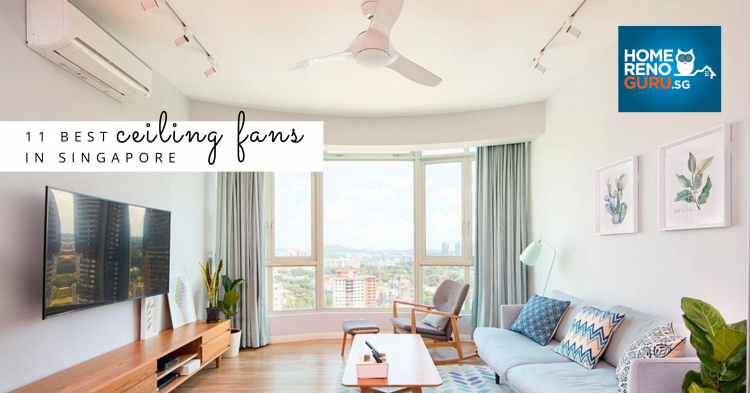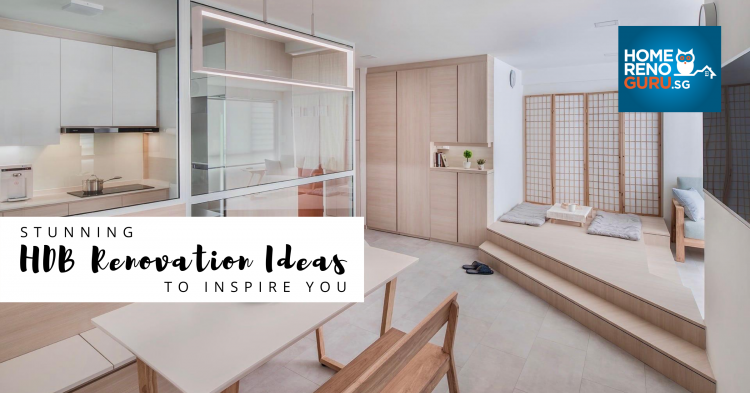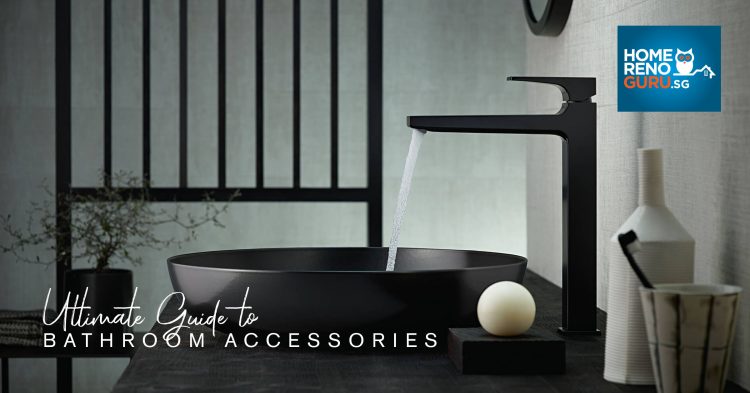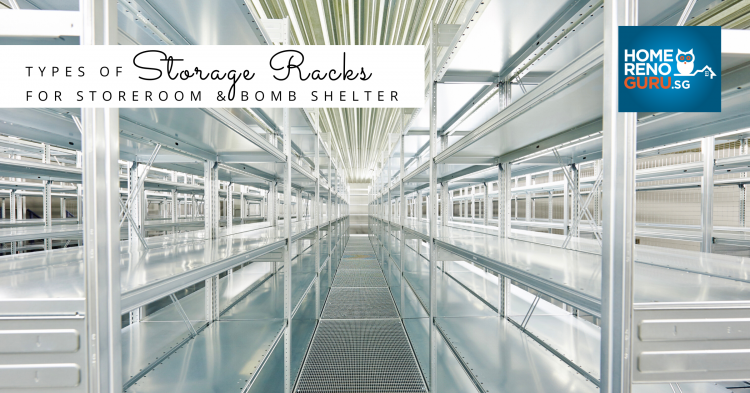Jason and Priscilla’s ultra-luxe home — with its spacious interiors, sleek marble fixtures, leather sofas and state-of-the-art amenities — is one that’ll fit right into the pages of a luxury interior magazine. The home’s renovation costs amounted to a jaw-dropping $600,000, leading to much debate among homeowners about the value of spending such a sum on renovation
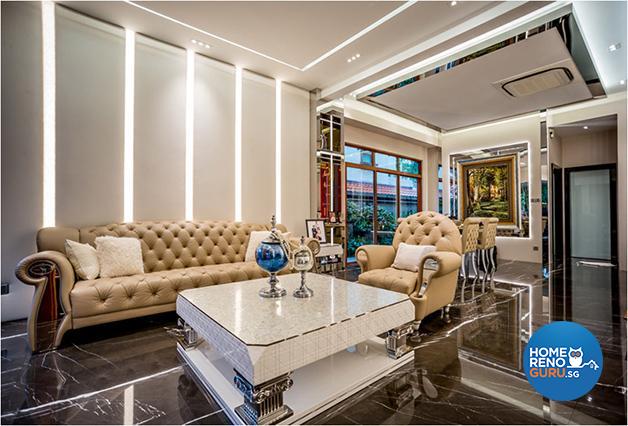
Jason and Priscilla’s home by One Design Werkz
Jason insists that it was money well spent; he is elated with the top-notch quality and beautiful design of his home. Yet to many, such costs are exorbitant or unaffordable — especially when you’re benchmarking the price against the average renovation costs.
Homeowners pay an estimated total of $10,000 to $30,000 for premium BTO flats, and between $15,000 to $50,000 for standard BTO flats. The costs of renovating resale flats vary depending on the condition of the home, and can fall below $10,000 or up to $100,000. Renovation costs for mature estates fall at the higher end of the spectrum, typically between the range of $65,000 to $75,000. And home owners of private properties located in the glamorous District 10 incur higher expenses, with renovation spendings adding up to about $100,000 on the average.
Whether spending over half a million dollars on renovation is value for money or extravagant is highly subjective, and largely depends on one’s estimation for his or her own home renovation budget. What’s most important is planning your budget right — so that in renovating your interiors to transform it into your dream home, you won’t end up chalking up costs that are well above what you can afford. Here are some tips to make your budgeting process a smooth-flowing affair:

Industrial theme by Posh Living Interior Design
1. Set your priorities right
Establishing your priorities is of utmost importance, and should come before you start planning your budget. Be clear about what you want to achieve from your home renovation — what are your reasons for renovating your home? Is your place starting to look worn-out, or do you want to make changes to a design and layout that ceases to work well for you and your family?
Start by listing out all the factors about your home that isn’t working well for you, and check back regularly on this list during your home renovation process to keep yourself aligned with your goals.
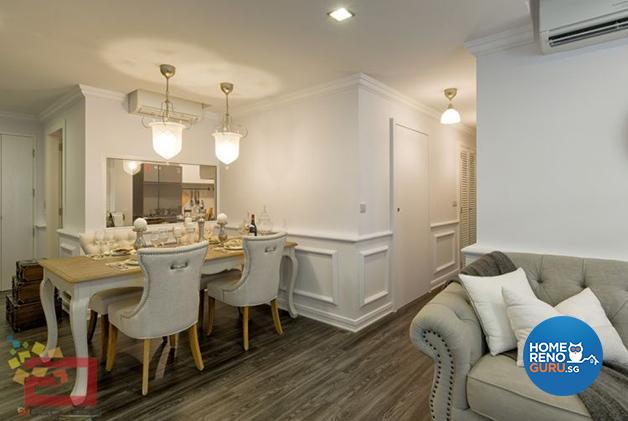
Less than$10,000 by Absolook Interior Design
2. Know your cost breakdowns
The basic elements included in most renovation works include flooring and floor screeding, painting, carpentry and plumbing. But don’t forget about factoring in additional cost factors like lighting, electrical works, hacking of walls, creating feature walls or false ceilings and installing kitchen appliances and furnishings.
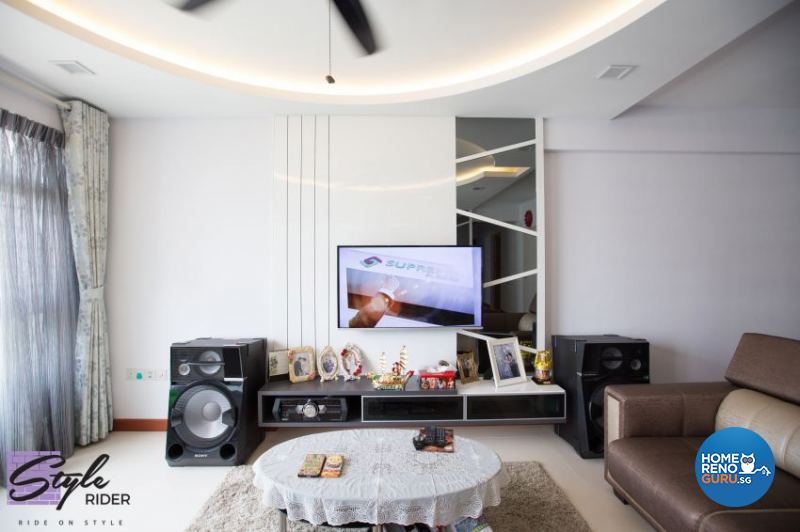 Vista Spring by StyleRiderPte Ltd
Vista Spring by StyleRiderPte Ltd
[cta2]
3. Thorough research is key
Thorough research is critical; after all, you won’t want to enter into a discussion with your interior designer or contractor without having a clear idea of what you want or the markets rates of similar home renovation projects.
A good place to start is to peruse through home renovation blogs. Such resources offer a wealth of tips and ideas, ranging from guidelines on the average costs of renovating your home, to the latest design trends or home features. Armed with these information, you’ll be in a better position to draw up a realistic budget, as well as make nifty choices and skillful negotiations.
Be sure to delve deep into researching about your interior designer or contractor. Discover as much as you can about them online, or get in touch with home owners who have engaged their services. If you hire the right person, one whom you can trust to deliver a design that matches your expectations — it may be the only real work you’ll have to do in the process of renovating your home.

4. Look beyond the dollars and cents
Don’t underestimate the importance of non-cost factors like quality or the portfolio of your interior designer. Is there a substantial difference in quality between the cheapest and the more expensive materials? Opting for the latter may result in greater renovation spendings now, but will bring greater value in the long run if it requires little maintenance or replacements.
You’ll also need to closely examine the portfolio of interior designers you’re keen on hiring. Look through their portfolios to get a sense of their designs, as well as the designs that their companies have worked on. And don’t forget to obtain information on the designer’s on-site experience. Designers with inadequate on-site experience may propose designs that are creative and unique — yet may have trouble delivering the designs if they fail to measure your home with care or suggest impractical solutions in renovating your home.



